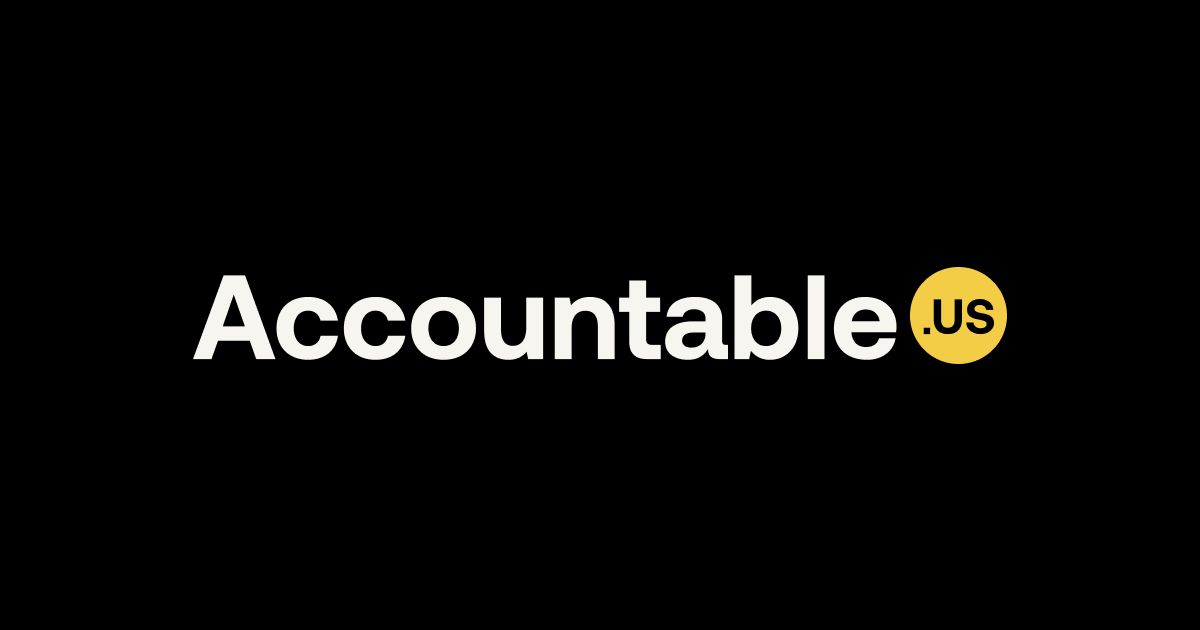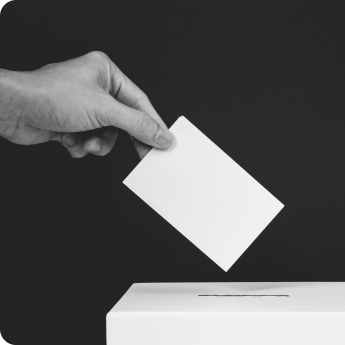Top Drugmakers Use Patent Tactics to Block Medicare Price Negotiations, Keeping Costs High

The manufacturers of the ten drugs on Medicare’s price negotiation list have used a variety of patent manipulation tactics like pay-for-delay agreements, evergreening, patent thickets, and product hopping to extend their exclusivity—and thus control over the price—of these drugs for years and sometimes decades. Even though the companies hold the patents, one study found that the federal government spent a combined $11.7 billion on basic and applied research that led to the development of these drugs:
- Stelara: $6.5 billion
- Xarelto: $764 million
- Imbruvica: $566 million
- Eliquis: $791 million
- Entresto: $901 million
- Farxiga: $437 million
- Enbrel: $2.6 billion
- Jardiance: $433 million
- Januvia: $228 million
The medications on the list are taken by approximately 10 million Medicare Part D enrollees each year at an annual cost of roughly $50 billion to Medicare and U.S. taxpayers. These kinds of tactics keep prices high for the consumer and often lead to patients skipping doses, disproportionately affecting lower-income Black and Latin-American communities:
- ‘Pay-to-delay’ refers to a tactic used by pharmaceutical firms in which the company that holds a patent on a popular drug will pay competitors to not release a generic version into the market. A recent study found that these agreements can cost American consumers as much as $36 billion a year.
- Pharmaceutical firms also use ‘evergreening’ – making small, sometimes insignificant changes to their drugs to acquire new patents which extend their exclusivity and pricing control over the drug. Many patents are awarded after FDA approval and from 2005 to 2015, 80% of the country’s 100 top-selling drugs were awarded extra patents. Excessive evergreening leads to ‘patent thickets’ – labyrinthine knots of legal protections that generic manufacturers must navigate in order to market new, cheaper versions without infringing on the brand name’s patents. These maneuvers can extend patent protections for years and even decades, and some drugs have dozens – even hundreds – of patents.
- Companies also often use “product hopping” – introducing a new patent-protected medicine and moving patients to it before the original expires. In some cases, the company pulls the original brand name product from the market, forcing the consumer to pay for a higher-priced, patent-protected new drug.
An Accountable.US review of companies included in the Medicare price negotiations unveiled long histories of using these tactics to protect their patent control over those drugs as well as some of their other products:
- Stelara: Johnson & Johnson, the manufacturer of Stelara, has made deals to delay the entry of biosimilars until 2025. Despite a lack of an FDA-approved biosimilar for Stelara, Johnson & Johnson is getting ready for the expiration of exclusivity by building up a patent thicket.
- Xarelto: Xarelto is a “prime example” of a patent thicket, with Johnson & Johnson filing 49 patents for over a decade of market exclusivity. Johnson & Johnson has disclosed being involved in patent infringement lawsuits against generic manufacturers of Xarelto since 2021, with several confidential agreements reached in early 2024.
- Imbruvica: Manufactured by partners Johnson & Johnson and Abbvie, Imbruvica is protected by a thicket of more than 150 patents, giving the company’s market exclusivity until 2036.
- Eliquis: Bristol Myers Squibb has applied for 48 patents for Eliquis and been awarded 27 and has entered into patent settlements, delaying biosimilars to possibly as late as 2031.
- Entresto: Novartis has entered into confidential deals with other companies to delay generics of its blockbuster blood-clotting drug Entresto until as late as 2026.
- Farxiga: AZ’s Farxiga is the most evergreened drug on the Medicare negotiation list, with one of its compounds enjoying patent protections until 2040. Overall, Farxiga is protected by 36 patents, giving the company exclusivity until 2030.
- Fiasp/NovoLog: According to a study by the National Institutes of Health, Novo Nordisk has moved patented ingredients into new products, resulting in combined patent exclusivity periods of more than 60 years for two lines of NovoLog. Novo Nordisk created Fiasp, a drug with identical active ingredients to NovoLog, which had already been on the market for 17 years.
- Enbrel: Enbrel, which was first awarded a patent in 1990, has been the subject of 57 patent applications, 72% of which came after FDA approval, “with the aim of delaying competition by 39 years.” A House Committee on Oversight and Reform investigation found Amgen had “‘leveraged its patent and lifecycle management strategies to prevent competitors from introducing lower-priced biosimilar versions of Enbrel.’”
- Jardiance: Eli Lilly and Boehringer Ingelheim’s Jardiance is protected by 18 patents and will not face generic competition until 2034 at the earliest.
